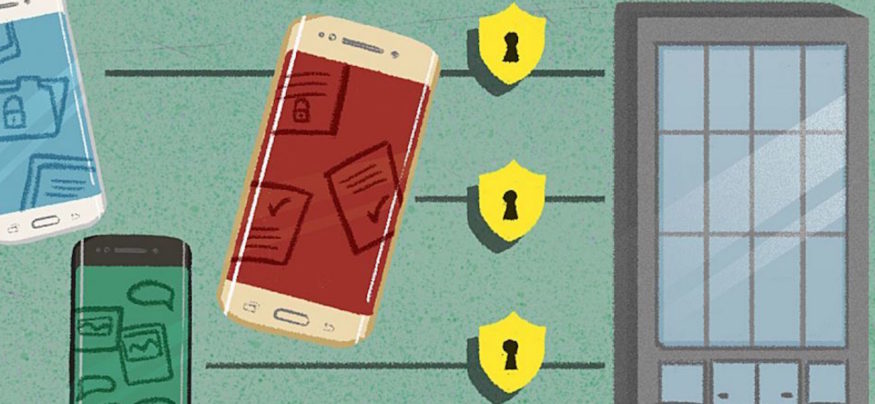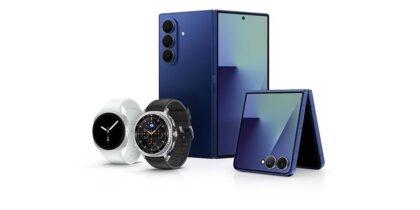Mobile has become the new normal, and mobile devices are increasingly the preferred way of connecting to resources and services. Without doubt, this trend will continue. New global research from TNS shows that the average Millennial coming into the workforce spends an average of 3.2 hours a day using their mobile devices — adding up to 49 days per year. According to Internet Retailer, mobile commerce now accounts for 30 percent of all e-commerce and is increasing three times faster than e-commerce overall. Keeping up with mobile security trends is becoming an ever more pressing concern.
For consumers, mobile security is more about misplacing their devices or having them stolen, and avoiding tainted apps. But for organizations, mobile security trends are becoming a primary concern as more and more devices are brought into organizations and an increasing amount of sensitive and confidential organizational data is processed and stored on them.
With these challenges in mind, here are some of the top mobile security trends of 2015.
Bring Your Own Device (BYOD)
BYOD has been on the horizon for many years, but now seems to be an unstoppable force. Gartner has predicted that half of employers will require employees to supply their own mobile devices to use at work by 2017, and Juniper Research estimates that more than a billion personally owned devices will be enrolled in BYOD programs on a worldwide basis by 2018. Organizations must strive to ensure that sensitive data stored on those devices is safeguarded.
Containerization
Containerization provides the ability to separate private data from work information. It goes hand in hand with BYOD, providing a means of adequately safeguarding sensitive business information while enabling users to make the best use of their personally owned devices.
Enterprise Mobility Management
Mobile device management technologies are giving way to a rising interest in enterprise mobility management (EMM) systems because they focus not only on protecting the device, but also give people the ability to manage applications and the content that is consumed on mobile devices. This highlights the ongoing shift from protecting just the device to also protecting the data that it contains.
Mobile Payments
Mobile payment systems are coming of age. As the US finally shifts to the more secure EMV standard for payment cards, retailers are being forced to adapt. As they do so, they should look to the future, as mobile will soon be the payment mechanism of choice.
Wearables and the IoT
The Internet of Things (IoT) holds much promise for digitizing almost everything. Wearables brought the digital world to people’s wrists in 2015, and herald the future of interconnected, always-on everything. Security will become a more pressing demand for the IoT, as demonstrated by the increasing discussion of how easy everyday items such as home heating systems and cars are to attack.
Biometrics
With the increasing inclusion of biometric sensors on mobile devices, along with robust security controls, biometric authentication is growing in popularity as a convenient, highly secure authentication mechanism. According to a study by Goode Intelligence, 120 million people are already using mobile biometrics on a daily basis, and more than 16 billion biometric mobile payment transactions will be made by 2020.
Mobile devices are increasingly the device of choice for users. These trends will continue into 2016, providing flexibility, convenience and greater user adoption. However, these trends will attract the attention of criminals and security will continue to be a top priority.






